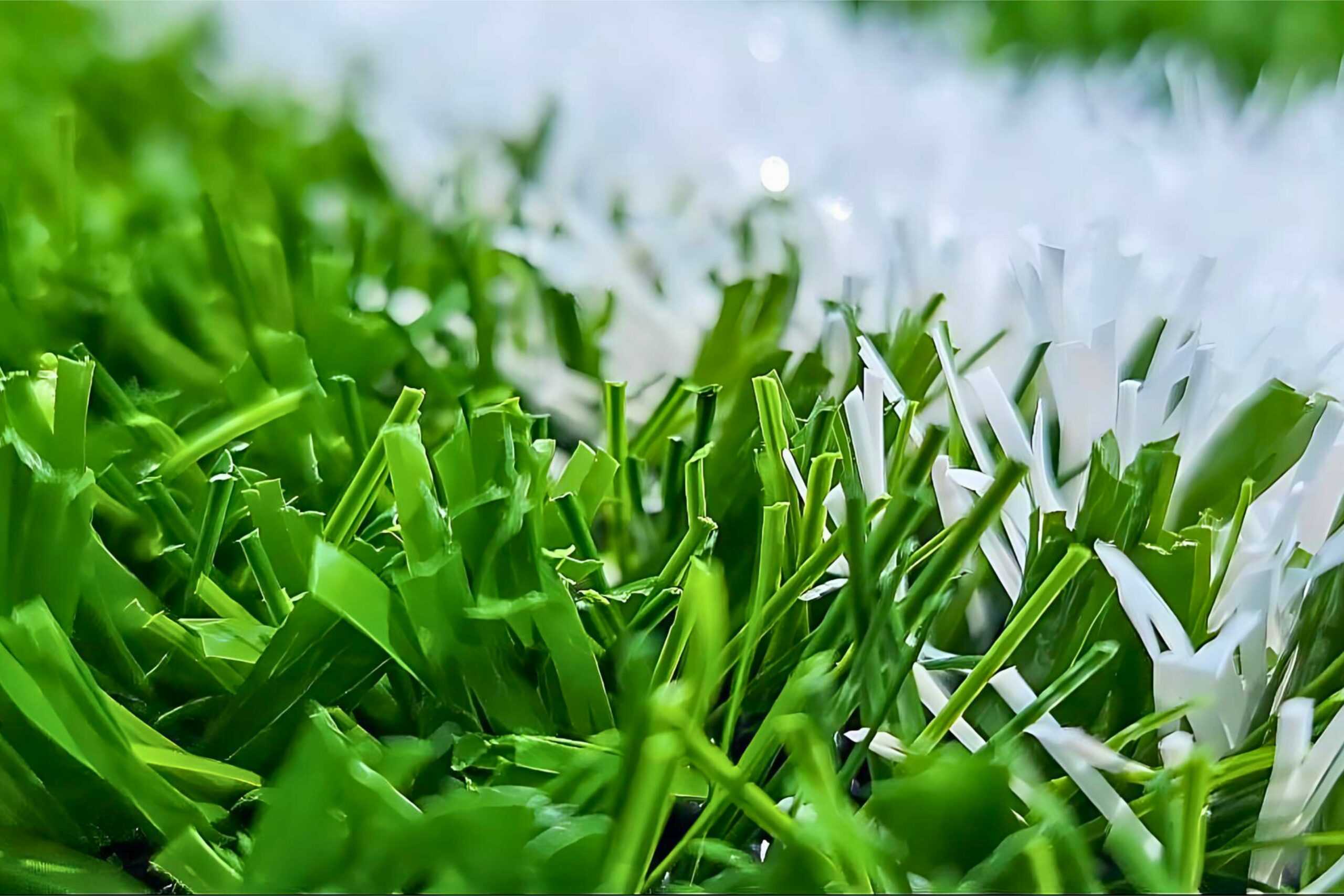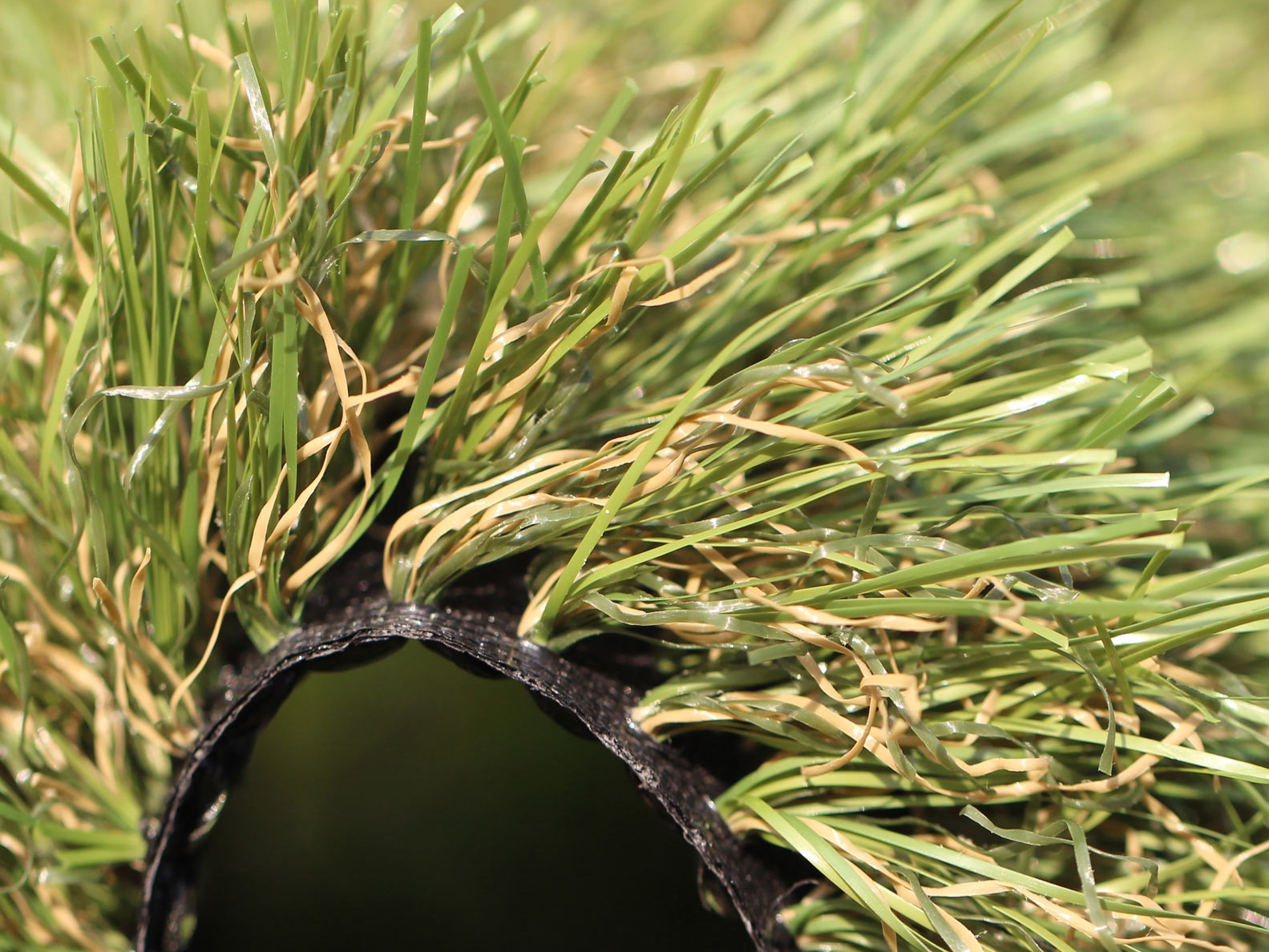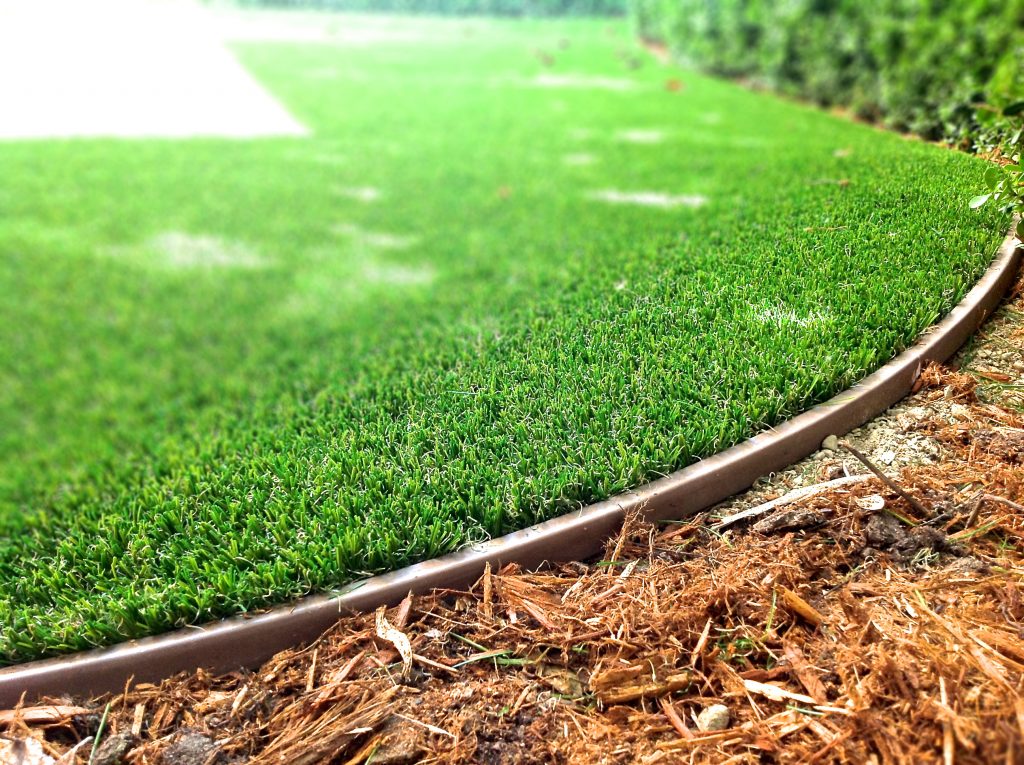Tailored Turf Installation Phoenix AZ for Residences, Companies, and Play Areas
Tailored Turf Installation Phoenix AZ for Residences, Companies, and Play Areas
Blog Article
Delve Into the Environmental Benefits of Opting for Artificial Grass Solutions
The adoption of synthetic lawn solutions provides an engaging opportunity to deal with pushing ecological challenges. By dramatically decreasing water use and decreasing the application of damaging chemicals, these alternatives not only promote sustainable landscape design yet also safeguard regional communities.
Water Preservation Benefits
One of the most substantial advantages of synthetic turf is its capacity to save water. In contrast, artificial lawn does not need watering, substantially lowering the overall need for water resources.
By removing the demand for normal watering, synthetic grass adds to sustainable landscape techniques and helps mitigate the environmental influence of too much water consumption. Additionally, the conservation of water includes the decrease of overflow, which can bring about dirt erosion and waterway pollution.
Additionally, the installation of synthetic grass permits home owners and municipalities to allot water sources a lot more effectively, focusing on crucial uses such as alcohol consumption water and farming. The shift towards synthetic grass not just promotes responsible water use yet likewise straightens with wider ecological objectives focused on protecting all-natural sources.
As neighborhoods progressively prioritize sustainability, the water conservation benefits of man-made turf provide an engaging instance for its adoption in industrial and residential landscape design jobs.
Decreased Chemical Usage
The transition to artificial lawn significantly lowers the dependence on chemical treatments commonly made use of in natural grass maintenance. Traditional lawn administration normally includes the application of pesticides, herbicides, and fertilizers to promote development and control insects. These chemicals can posture dangers to human health, neighborhood wildlife, and the setting, contributing to dirt and water contamination.
On the other hand, fabricated grass removes the requirement for these hazardous materials. Once set up, it calls for minimal maintenance, primarily consisting of normal cleaning and occasional infill replenishment. This decrease in chemical usage not only profits the immediate atmosphere yet also adds to more comprehensive ecological security. By decreasing the release of synthetic compounds right into the ecosystem, synthetic grass advertises much healthier soil and water systems.
Additionally, the lack of chemical drainage related to artificial turf installations helps safeguard regional waterways from pollution, supporting aquatic life and maintaining biodiversity. Artificial turf companies phoenix. As neighborhoods progressively prioritize sustainable practices, selecting synthetic grass offers a sensible remedy that lines up with environmental conservation objectives. Via this change, homeowner can appreciate rich eco-friendly spaces without endangering eco-friendly health and wellness, leading the way for an extra sustainable future
Lower Carbon Impact

Additionally, the installment of synthetic lawn can lead to significant water preservation. Natural grass require significant quantities of water for watering, which not just contributes learn the facts here now to the carbon footprint linked with water extraction and treatment however additionally strains local water resources. In contrast, synthetic grass needs very little upkeep, needing no watering, thus dramatically decreasing water usage and its connected power expenses.
Furthermore, the longevity of fabricated lawn adds to its reduced carbon impact. With a life expectancy of up to 15 years or even more, the demand for frequent replacements is decreased, causing less waste and reduced energy intake in manufacturing and dealing with traditional turf alternatives. Generally, fabricated lawn offers a lasting option for environmentally mindful landscaping.
Environment Conservation
Environment preservation is an essential factor to consider in the dispute over landscaping options, specifically when comparing synthetic lawn to all-natural yard. Natural grass yards usually call for substantial maintenance, consisting of using herbicides, pesticides, and plant foods, which can negatively affect neighborhood communities. These chemicals can seep into the soil and rivers, damaging native vegetation and fauna and disrupting neighborhood environments.
On the other hand, man-made grass presents an opportunity to decrease the eco-friendly impact of landscaping. By going with artificial turf, property owners can minimize the interruption of all-natural habitats connected with typical lawn care methods. Synthetic grass removes the need for hazardous chemicals, therefore safeguarding nearby wild animals and keeping the integrity of bordering ecosystems. The installation of artificial lawn can lead to the conversion of previous turf locations into even more biodiverse landscapes, such as pollinator yards or indigenous plant areas, which can support neighborhood wild animals.
Ultimately, the change to synthetic grass not just conserves water and reduces upkeep initiatives however likewise cultivates a much more harmonious partnership in between human tasks and the natural surroundings, advertising habitat preservation while doing so.
Long-Term Sustainability
Long-term sustainability is a vital factor in reviewing the advantages of man-made turf over standard lawn lawns. Among the most considerable benefits of synthetic grass is its durability; it can last as much as 15-20 years with minimal upkeep, whereas natural turf calls for frequent reseeding and substitute. This durability decreases the requirement for constant sources, such as water, fertilizers, and pesticides, which are necessary for preserving a healthy and balanced yard lawn.
Furthermore, synthetic grass adds to a decrease in carbon discharges associated with grass treatment tools. Standard lawns often require gas-powered lawn mowers, leaners, and blowers, all of which add to air pollution. Arizona turf. In comparison, synthetic grass eliminates the need for such tools, promoting a cleaner setting
Furthermore, the production of synthetic grass significantly makes use of recycled products, improving its sustainability profile. As producers embrace environmentally friendly methods, the environmental impact of man-made grass proceeds to decrease.

Verdict
The fostering of artificial grass options presents considerable environmental advantages, consisting of significant water conservation, decreased dependence on dangerous chemicals, and a lower carbon impact. Additionally, man-made turf aids in maintaining all-natural environments by lessening land disturbance and promoting long-lasting sustainability via making use of resilient products. Jointly, these factors highlight the capacity of fabricated turf to add positively to environmental wellness and use a sensible alternative to conventional landscape design methods in an increasingly resource-conscious world.
In comparison, artificial turf does not need watering, dramatically decreasing the general demand for water sources. By decreasing the launch of artificial substances right into the ecological community, artificial lawn promotes healthier dirt and water systems.
Furthermore, the installation of synthetic grass can result in substantial water conservation. In comparison, fabricated grass requires very little maintenance, requiring no watering, thus considerably minimizing water use and its connected power prices.

Report this page